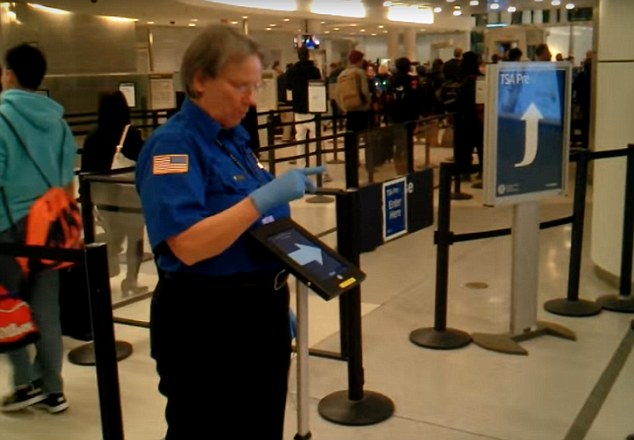-
Tips for becoming a good boxer - November 6, 2020
-
7 expert tips for making your hens night a memorable one - November 6, 2020
-
5 reasons to host your Christmas party on a cruise boat - November 6, 2020
-
What to do when you’re charged with a crime - November 6, 2020
-
Should you get one or multiple dogs? Here’s all you need to know - November 3, 2020
-
A Guide: How to Build Your Very Own Magic Mirror - February 14, 2019
-
Our Top Inspirational Baseball Stars - November 24, 2018
-
Five Tech Tools That Will Help You Turn Your Blog into a Business - November 24, 2018
-
How to Indulge on Vacation without Expanding Your Waist - November 9, 2018
-
5 Strategies for Businesses to Appeal to Today’s Increasingly Mobile-Crazed Customers - November 9, 2018
The TSA Spent Almost $1.5 Million on Its “Randomizer” App
Basically, it randomly selected which lane (left or right) passengers should go into in a security line.
Advertisement
If the app looks simple, that’s because it is. Other publicly available records show the app was part of a larger contract with IBM worth more than $1.4 million.
A write-up on TheNextWeb.com states a FOIA request returned to a curious developer this month reveals the iPad application cost $336,414.59 to create.
A randomizer app is one of the easiest things a coder can create, and it’s often one of the first things they’re trained to do when learning the process of coding. Cost-wise, Burke’s headline is a little more jaw-dropping: “The TSA Randomizer iPad App Cost $1.4 Million”. This figure might also include the cost of the iPads used to run the app in 150 airports across the US.
As the website reported: “The app was used by TSA agents to randomly assign passengers to different pre-check lines as part of a now-discontinued program called ‘managed inclusion'”.
A TSA spokesperson told Mashable the total development cost for the randomiser app was $47,400.
Advertisement
The randomnesses would make it tougher for would-be terrorists to identify security-screening patterns they would use for their benefit, Bloomberg explains, and helped dispel the appearance of profiling. The program ended over ‘security concerns’.





























